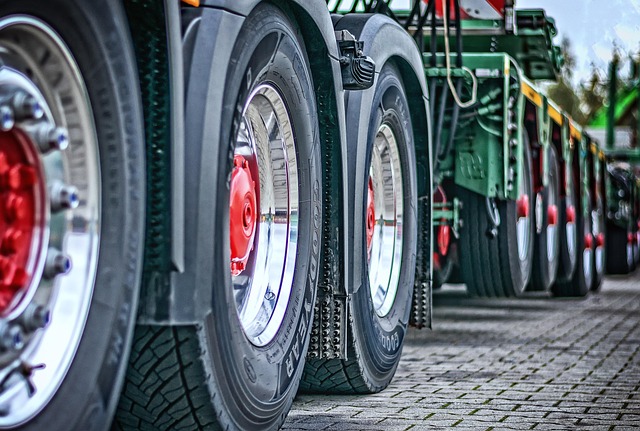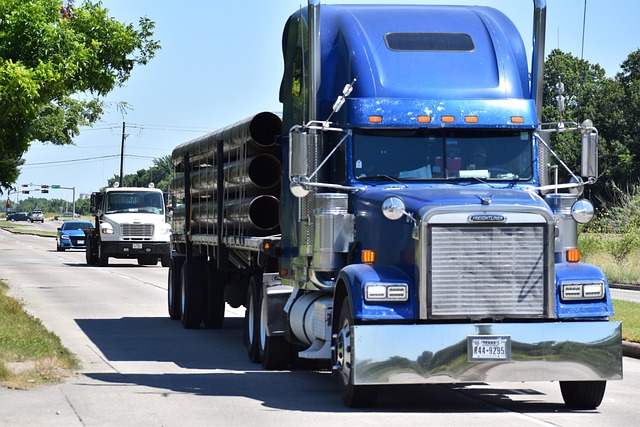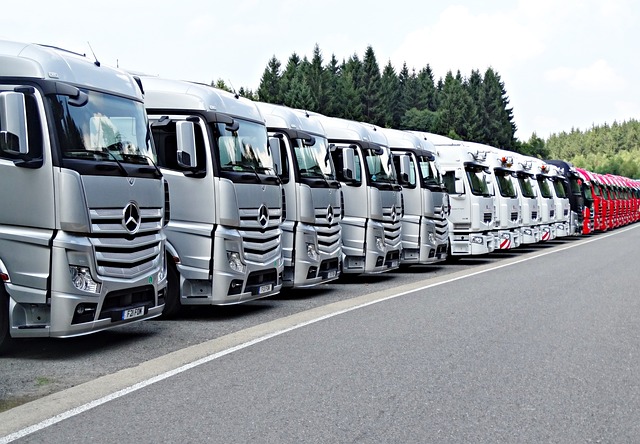Looking to register your car in California? This comprehensive guide walks you through the process, ensuring a smooth experience. First, understand the state’s registration requirements for vehicles. Gather essential documents, including proof of ownership and insurance, for a swift vin verification. Next, perform the Vehicle Identification Number (VIN) check online or at a DMV office. After approval, complete the registration form, pay fees, and obtain your license plate.
- Understand California Car Registration Requirements
- Gather Necessary Documents for VIN Verification
- Perform Vehicle Identification Number (VIN) Check
- Complete Online Registration or Visit DMV Office
- Pay Registration Fees and Receive Your License Plate
Understand California Car Registration Requirements

Before registering your car in California, it’s crucial to understand the state’s specific requirements for vehicle registration. In California, all vehicles must be registered with the California Department of Motor Vehicles (DMV) within 30 days of establishing residency or purchasing a new or used vehicle. This process involves several key steps, including completing necessary paperwork and undergoing a Vehicle Identification Number (VIN) verification.
A critical component of this process is ensuring accurate VIN information. This unique 17-character identifier can be verified using services like a mobile vin verifier or through a mobile vin inspection to confirm the vehicle’s identity and history. Properly completing these initial steps, including accurate VIN verification, will facilitate a smoother registration experience with the DMV.
Gather Necessary Documents for VIN Verification

Before you start the registration process, it’s crucial to gather all the essential documents for VIN (Vehicle Identification Number) verification. This step is a critical part of ensuring your car’s history and authenticity are accurately represented during the registration. For a seamless experience, consider using a mobile vin verifier or scheduling a mobile vin inspection service. These options can save you time and effort by allowing a professional to handle the necessary checks where you are.
Among the key documents required for a California vehicle registration are the title certificate (if applicable), proof of insurance, and a valid driver’s license. Additionally, you’ll need a completed Application for Title and Registration form, which can be obtained from the California Department of Motor Vehicles (DMV). If your vehicle is new or imported, ensure you have the manufacturer’s certificate of origin (MCO) or a similar document that proves ownership and authenticity.
Perform Vehicle Identification Number (VIN) Check

Before proceeding with the registration process, it’s crucial to perform a Vehicle Identification Number (VIN) check. This step is essential for ensuring that your vehicle’s history is clear and accurate, which can save you from potential issues down the line. A VIN verification involves cross-referencing the unique 17-character code with various databases to gather information about the car’s past ownership, accident history, and any outstanding loans or liens.
Consider opting for a mobile vin inspection or mobile vin verification service to make this process even easier. These services send a professional to your location to conduct a thorough VIN inspection, providing you with immediate and reliable results. This is particularly beneficial if you’re short on time or unsure about navigating the registration process alone.
Complete Online Registration or Visit DMV Office

You have two options for registering your car in California: complete the process online or visit a DMV office in person. Both methods require accurate information and essential documents, but each offers distinct advantages. Online registration is efficient and convenient, allowing you to submit your application from the comfort of your home. You’ll need to input your vehicle’s information, including its unique Vehicle Identification Number (VIN), which undergoes a verification process to ensure its authenticity. This method also typically involves paying fees via credit card or other online payment methods.
On the other hand, visiting a DMV office provides an opportunity for immediate feedback and clarification if needed. During this process, you’ll still need to provide your VIN for inspection as part of the registration procedure. Additionally, some individuals prefer the face-to-face interaction for a smoother experience. If time is limited, consider utilizing mobile vin verification services that enable you to complete the VIN inspection and other necessary steps remotely, making car registration more accessible than ever.
Pay Registration Fees and Receive Your License Plate

After completing your vehicle’s registration application, the next step is to pay the required fees. These fees vary depending on the type of vehicle and its age. You can typically pay online or at a California Department of Motor Vehicles (DMV) office. Once the payment is processed, you’ll be issued a set of license plates that are uniquely assigned to your vehicle.
Before receiving your plates, a vin inspection might be required to ensure the accuracy of the Vehicle Identification Number (VIN). You can conduct this vin verification process yourself using a mobile vin verifier, which checks the VIN against state records, or visit a DMV office for an in-person inspection. This step is crucial to prevent fraud and ensure that your vehicle’s registration is legitimate.
Registering a car in California involves understanding the state’s requirements, gathering essential documents for VIN verification, completing an online registration or visiting a DMV office, and paying associated fees. By adhering to these steps, you’ll ensure your vehicle is properly registered and legally operable within the Golden State. Remember, accurate and timely VIN verification is key to a seamless car registration process in California.
